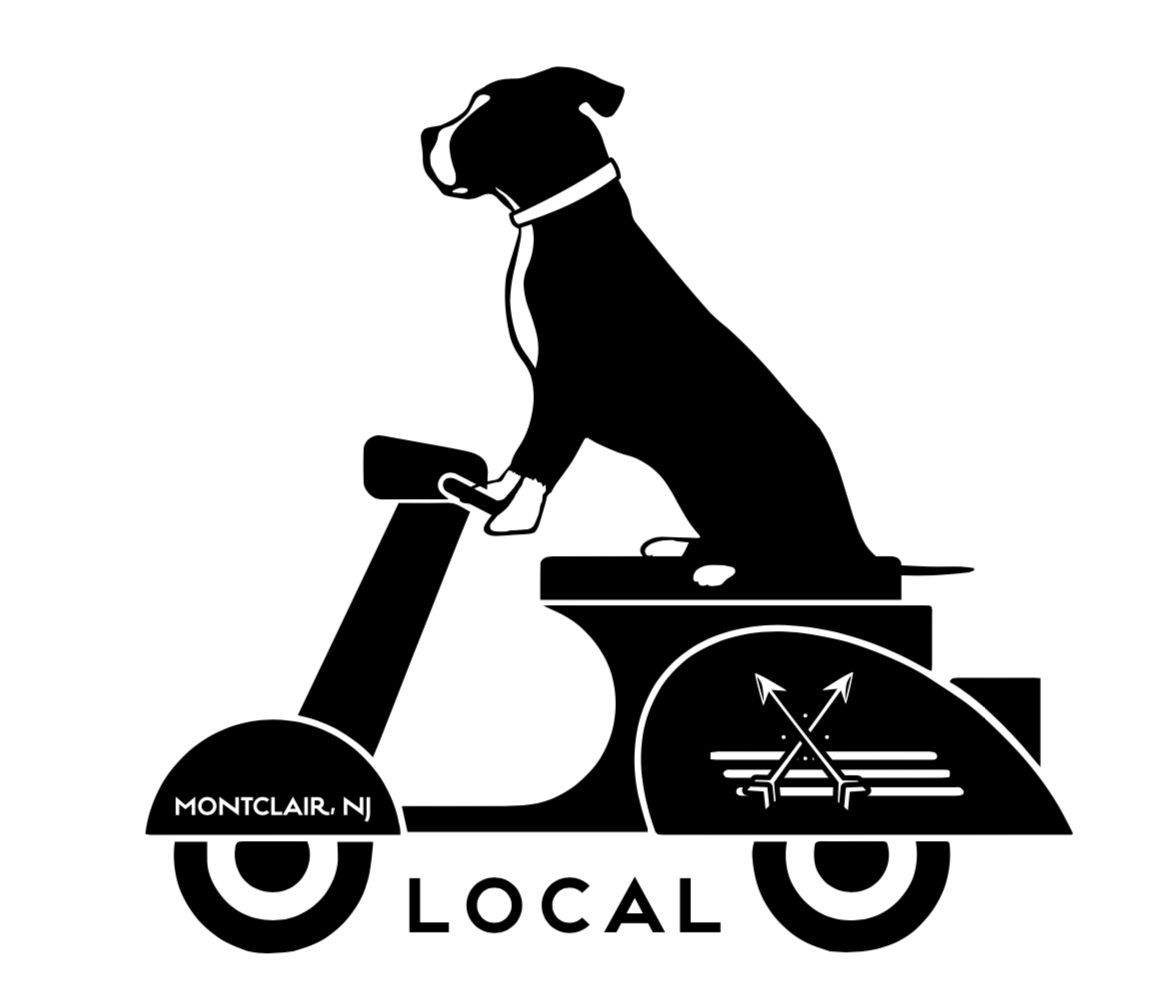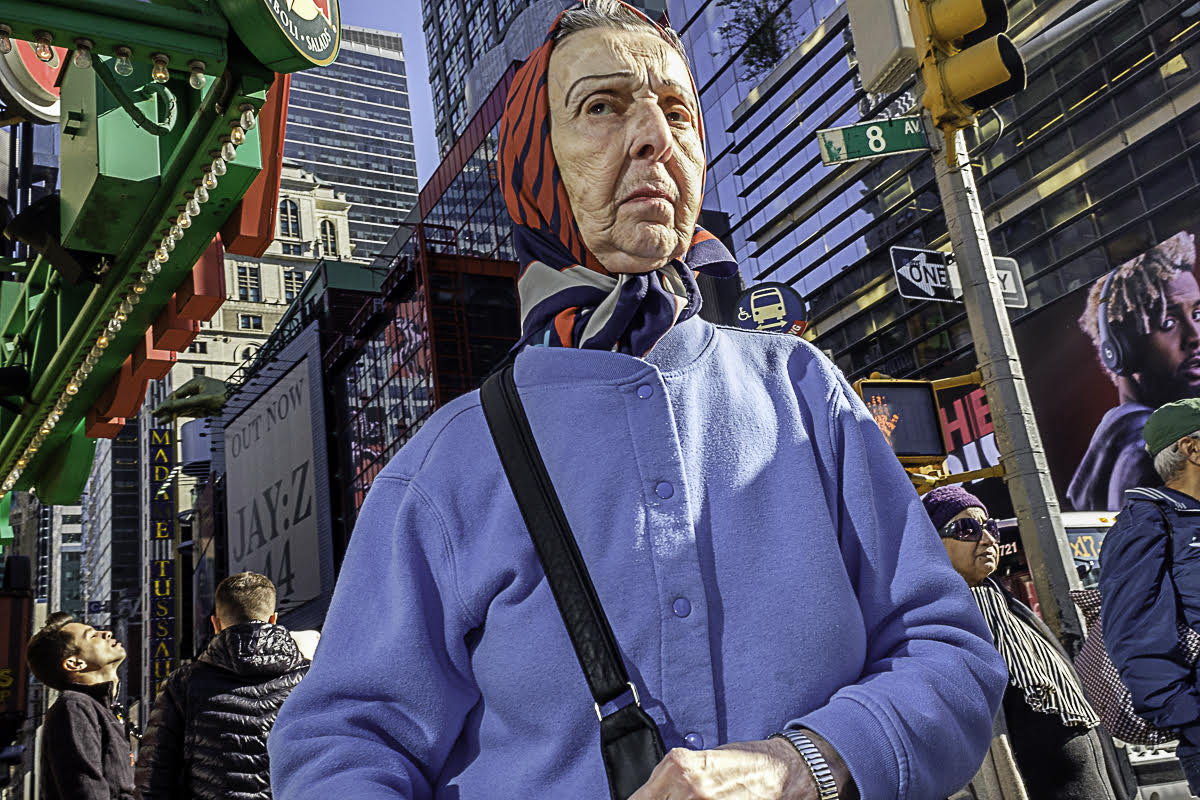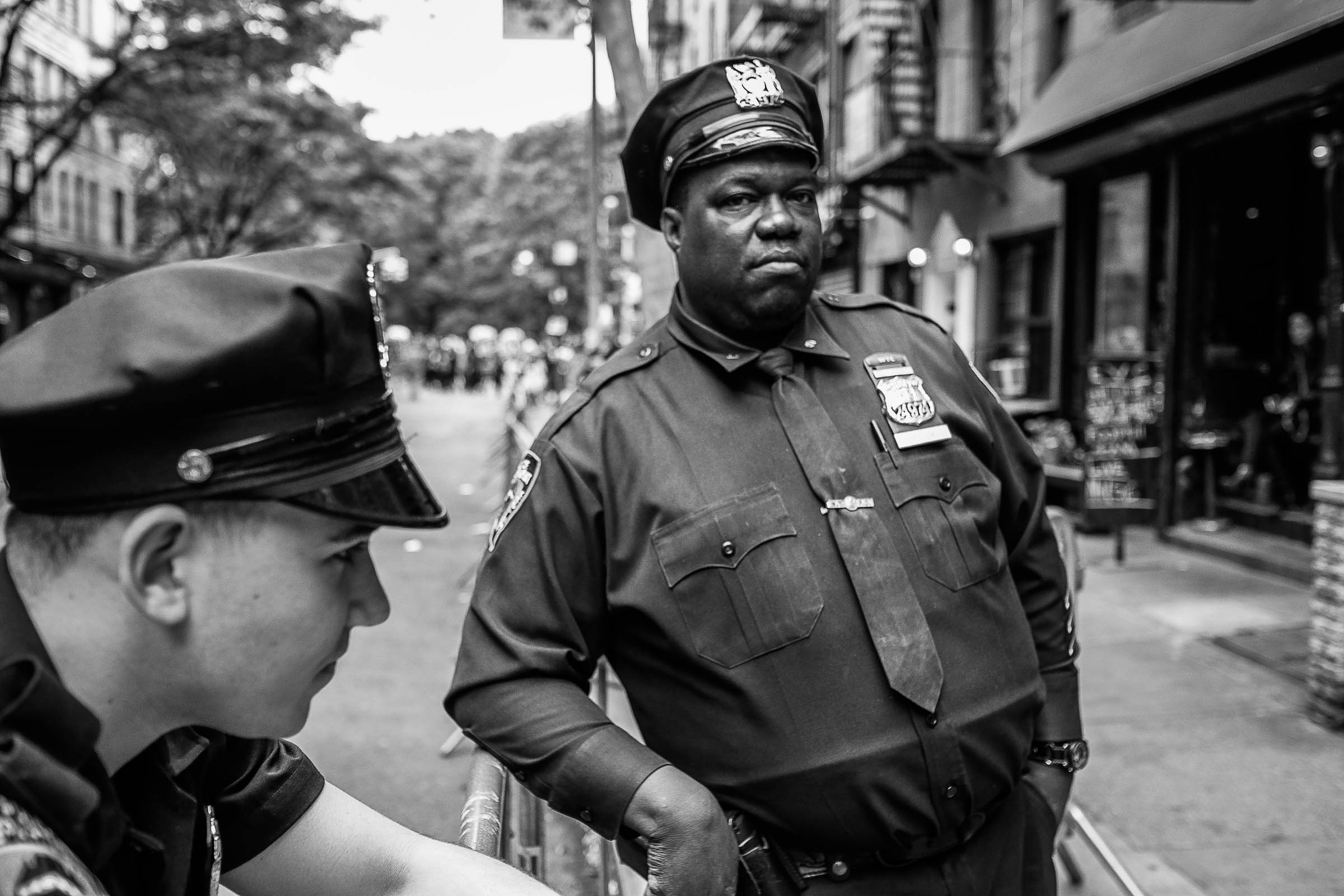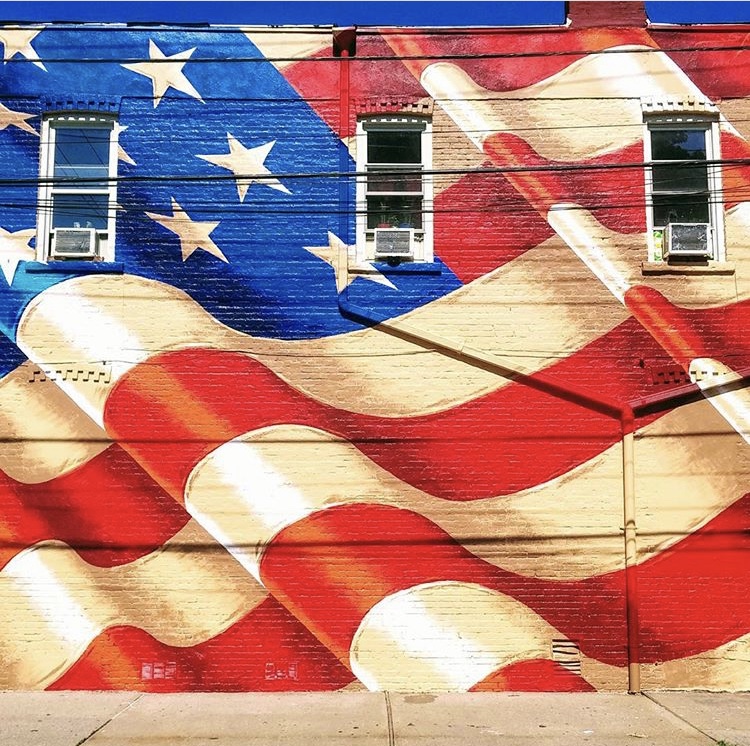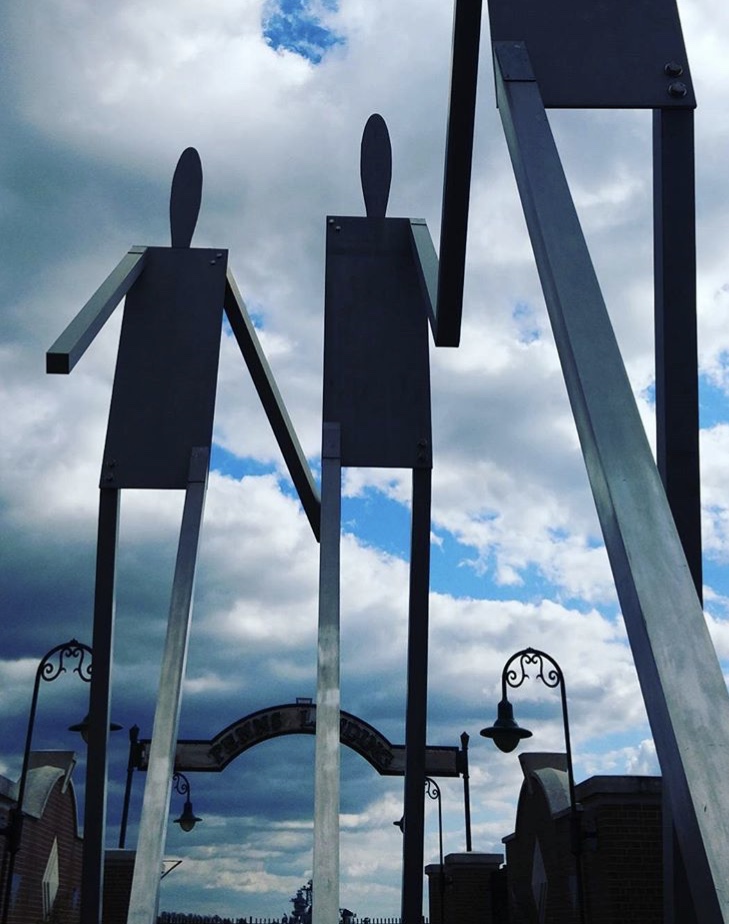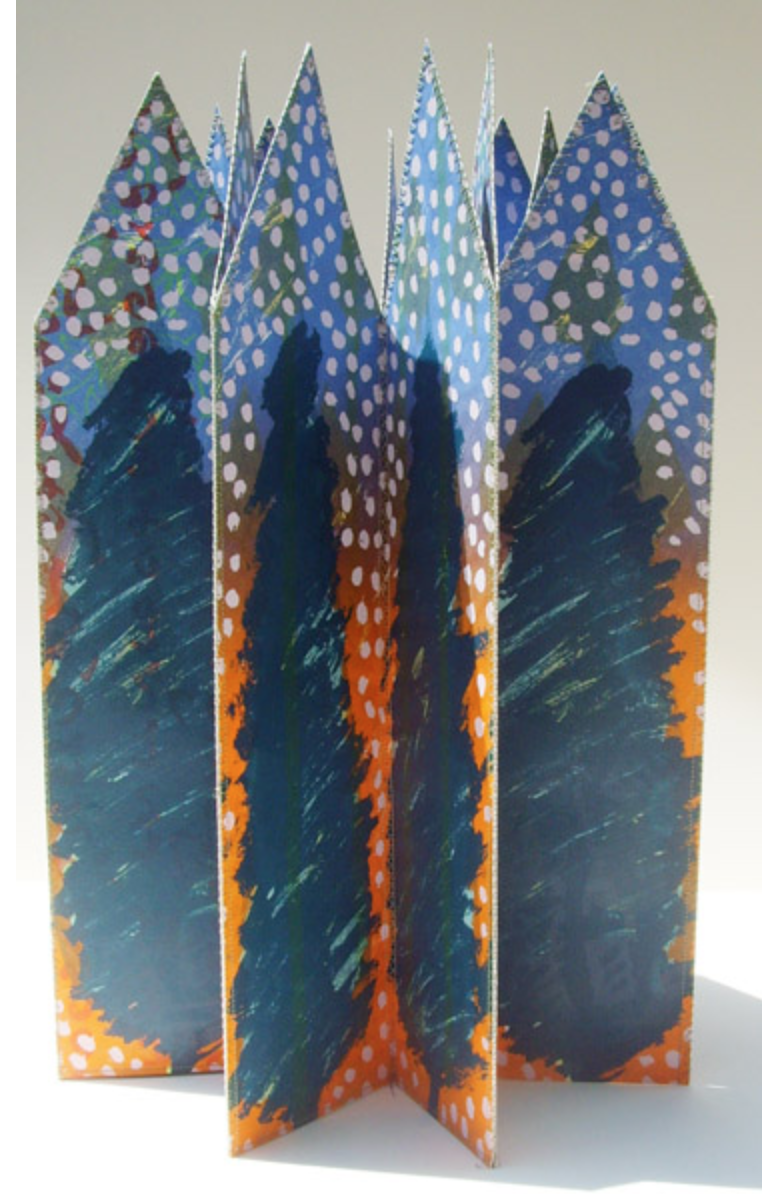Your work ranges from real life to fantasy which is unique to other artists we have had at the shop. What inspiration drives your subject matter?
I love children’s books and their whimsical illustrations, as well as “realistic” paintings – of architecture, animals, nature, and more. I try to weave a little of both styles into my paintings.
What artists were influential when you were honing your craft?
Ludwig Bemelmans (illustrator of the Madeline books), Caitlin McGauley, and Beatrix Potter’s whimsical styles and animals are some of my favorites! Other influences (whether or not they show in my work) are Michael Sowa, Kathryn Freeman, Matisse, Maira Kalman, Janet Hill, Erin Armstrong, Wayne Thiebaud, Edward Gorey, Tracey Sylvester Harris, William Joyce, Erika Lee Sears, Dorothy Shain, Ashley Longshore, Cj Hendry, Donald Robertson, Pauline de Roussy de Sales, Charlie Mackesy, and many more.
How did you actually start your life as an artist? When did you know you had something special to share?
I’ve been making art since I was a kid, and continued to take art classes through high school. I majored in Studio Art at Gettysburg College, and sketched/painted on the side for fun after graduation while working in “corporate” jobs. I started an Instagram account of my art and sold a few pieces here and there – it gradually took off after that! It’s fun to think back to locally hand-delivering some pieces, then eventually shipping internationally. What initially started out as dog/pet portraits has evolved into wedding art (wedding scenes as gifts, invitations, etc), scenery and house/architectural portraits, and book illustrations (most recently Louise Penny’s past three books!).
Watercolors are such a specific art and clearly you are masterful with your approach. How did you address this particular discipline when developing your technique?
I taught myself! I actually hadn’t “played” with watercolors since I was in grade school (or maybe early high school?). I always worked in acrylics/oil/charcoal/drawing, but when I was in my small NYC apartment, there was next to no space for oil painting. I started playing with watercolor when I realized it was the quickest/easiest set up/clean up, and could spend hours on something as small as 5x7” as opposed to a 5 ft canvas. I definitely owe larger/general painting skills to my art professor from an oil painting class in Florence.
I see lots of animals in your show. Do you work on commissioned pieces as well?
I do! I started with many dogs because I really wanted (and still want) one and am just drawn to them. That developed into many commissions of pets – whether for a birthday, anniversary, wedding gift. They always make for fun and meaningful presents.
My favorite is the dog in a military jacket. There's something about his posture and facial expression that is intriguing. Tell us about this piece.
My friends actually had me paint their dog in a British militia style coat for no other reason than they love history and think the dog looks British – and I love it! He feels simultaneously refined and unsure of himself to me.
What does living in Montclair contribute to how you see the world through your work?
Living outside New York City gives me more space and quiet. I am able to have both the greenery of suburbia as well as access to the buzz of NYC and Montclair.
What is your favorite coffee or tea beverage?
Iced coffee (or very specifically cold brew at Local!) with either almond milk or regular milk.
Thank you!
Learn more about Maryanna here:
